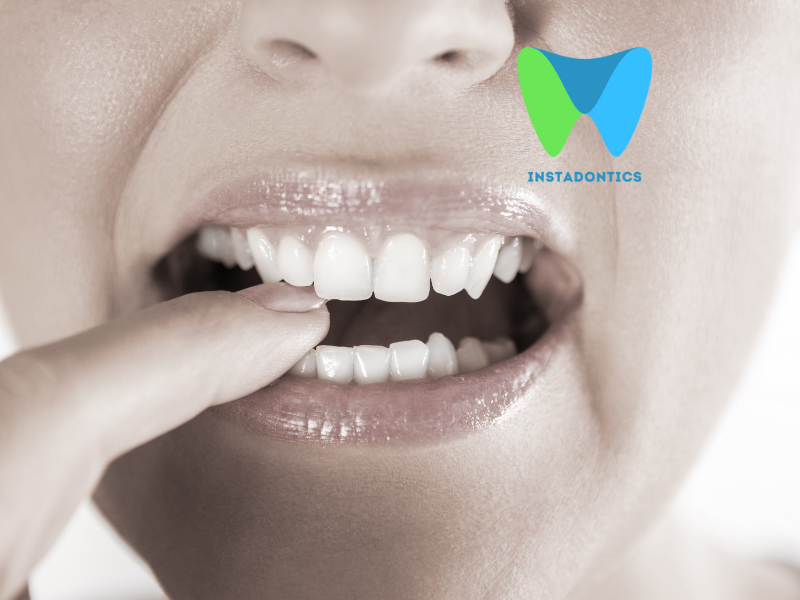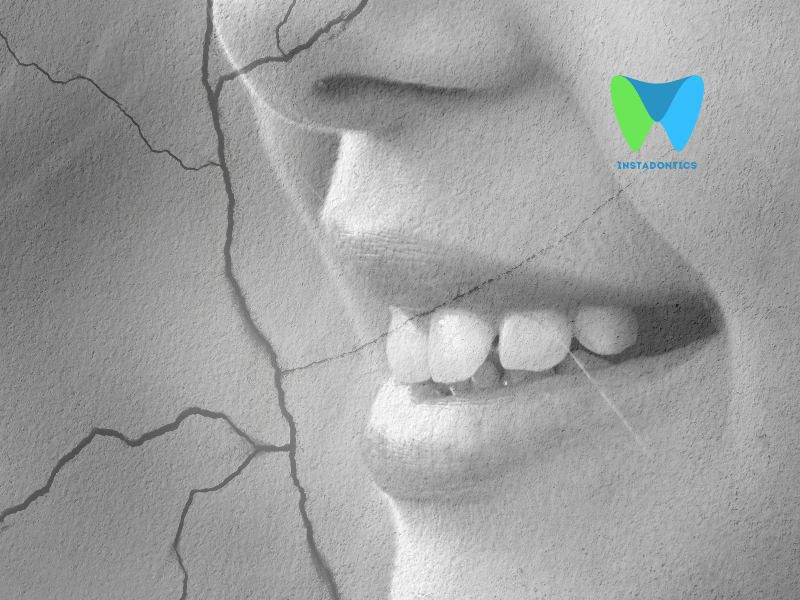Experiencing tooth pain after getting a dental crown can be frustrating and concerning. While crowns are designed to restore function and aesthetics to damaged teeth, they can sometimes lead to discomfort. Understanding the underlying causes of this pain is essential for effective treatment and relief. This blog post delves into the specific reasons why tooth pain may occur after crown placement, focusing on the root causes and potential solutions.
Common Causes of Tooth Pain After Crown Placement
1. Improper Fit of the Crown
One of the most common reasons for tooth pain after a crown is an improper fit. If the crown does not fit snugly against the tooth or aligns incorrectly with neighboring teeth, it can lead to various issues:
- High Occlusion: If the crown sits too high, it can create excessive pressure on the underlying tooth when biting or chewing. This can result in pain and discomfort, especially during functional activities.
- Gaps or Spaces: If there are gaps between the crown and the tooth, food particles may become trapped, leading to irritation and potential decay underneath the crown.
2. Pulpitis
Pulpitis refers to inflammation of the dental pulp, which can occur after crown placement due to several factors:
- Thermal Sensitivity: The process of preparing the tooth for a crown can expose the dental pulp to temperature changes, leading to sensitivity. If the crown material conducts heat or cold, it may exacerbate this sensitivity.
- Chemical Irritation: Dental materials used during the crown procedure, such as adhesives or temporary cement, can sometimes irritate the pulp, causing inflammation and pain.
3. Underlying Tooth Decay or Damage
If there was existing decay or damage to the tooth before the crown was placed, this could lead to pain after the procedure:
- Undetected Decay: If decay extends below the gum line or is not visible during examination, it may go untreated. Once the crown is placed, the pressure and stress can aggravate the underlying decay, causing pain.
- Fractured Tooth: A tooth that has been significantly compromised may have microfractures that were not apparent before placement. The stress of a crown can exacerbate these fractures, leading to discomfort.
4. Gum Irritation or Infection
Post-operative pain can also arise from issues related to the gums:
- Gum Recession: If the crown placement procedure irritates the gum tissue, it can lead to inflammation and pain around the crown.
- Infection: Bacterial infection can develop in the gum tissue surrounding the crown, especially if the crown does not fit properly. This can lead to abscess formation and significant pain.
5. Bruxism (Teeth Grinding)
Patients who grind their teeth (bruxism) may experience increased pain after receiving a crown:
- Increased Pressure: The added structure of a crown can alter the way teeth come together, potentially leading to excessive pressure on the crowned tooth during grinding.
- Stress on Adjacent Teeth: Crowns can also affect the alignment of neighboring teeth, causing discomfort in those areas due to altered bite dynamics.
6. Nerve Damage or Sensitivity
In some cases, the dental procedure may inadvertently affect the nerves:
- Nerve Trauma: During the crown preparation process, the nerves within the tooth or surrounding tissues may be traumatized, leading to pain.
- Increased Sensitivity: Some patients may experience heightened sensitivity after crown placement due to nerve irritation, which can manifest as sharp pain when exposed to hot, cold, or sweet stimuli.
Solutions and Management Strategies
1. Adjusting the Crown
If the pain is due to an improper fit or high occlusion, your dentist can make adjustments to the crown:
- Recontouring: The dentist can reshape the crown to ensure it fits properly and does not interfere with your bite.
- Re-cementing: If there are gaps, the crown may need to be removed and re-cemented to ensure a snug fit.
2. Treating Pulpitis
If pulpitis is diagnosed, treatment options may include:
- Root Canal Therapy: In cases of severe inflammation or infection, a root canal may be necessary to remove the affected pulp and alleviate pain.
- Observation: In mild cases, the dentist may recommend monitoring the tooth for a short period to see if symptoms resolve on their own.
3. Addressing Underlying Issues
If there is underlying decay or damage:
- Cavity Treatment: If decay is detected, it must be treated before any further dental work can be done.
- Tooth Restoration: If the tooth is fractured, additional restorative procedures may be necessary to strengthen the tooth before a new crown can be placed.
4. Managing Gum Health
For gum-related issues:
- Professional Cleaning: A dental cleaning may help remove irritants and bacteria from the gum line.
- Antibiotics: If an infection is present, your dentist may prescribe antibiotics to help clear it up.
5. Addressing Bruxism
For patients who grind their teeth:
- Night Guards: A custom night guard can help protect the crown and alleviate pressure on the teeth during grinding.
- Stress Management: Addressing the underlying causes of bruxism, such as stress or anxiety, can also be beneficial.
6. Nerve Treatment
If nerve sensitivity is an issue:
- Desensitizing Agents: Your dentist may apply desensitizing agents to the tooth to reduce sensitivity.
- Observation: In some cases, simply allowing time for the nerve to heal may be recommended.
Related: Tooth Sensitivity After Crown Placement
Tooth pain after crown placement can stem from various causes, including improper fit, pulpitis, underlying decay, gum irritation, bruxism, and nerve sensitivity. Identifying the root cause is crucial for effective treatment. If you experience persistent pain after getting a crown, consult your dentist for a thorough evaluation and appropriate intervention. With the right approach, most issues can be resolved, allowing you to enjoy the benefits of your dental crown without discomfort.



